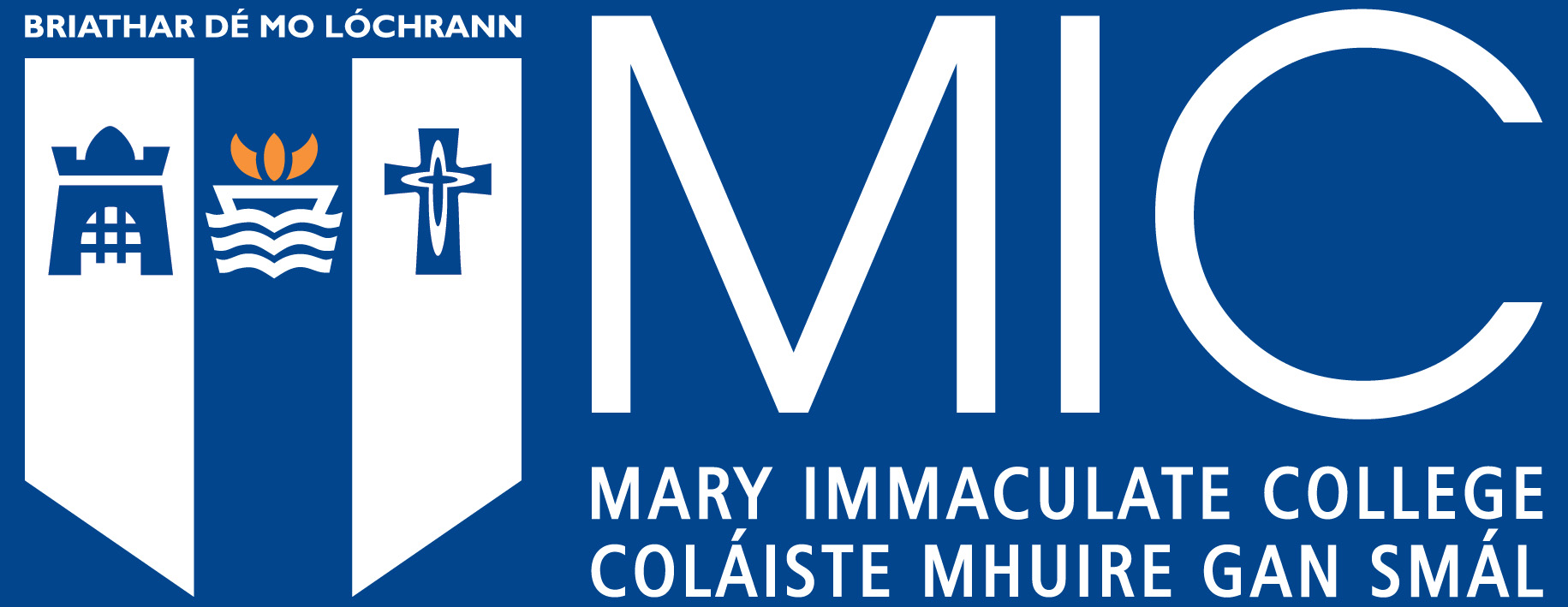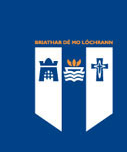Celtic monasticism- a discipline's search for romance?
Citation
Swift, C. (1994) 'Celtic monasticism- a discipline's search for romance?', Trowel, 5, 36-43, available: https://trowelucd.wordpress.com/portfolio/trowel-v/.
Swift, C. (1994) 'Celtic monasticism- a discipline's search for romance?', Trowel, 5, 36-43, available: https://trowelucd.wordpress.com/portfolio/trowel-v/.
Abstract
Beneath the mud-encrusted exterior of the average archaeologist, there beats the heart of a
romantic. As a profession, we are attracted by the lure of lost tribes and societies, the life-
style enjoyed by unknown civilisations, the worship and cults of forgotten gods. This
fantastical element in our thinking is a fundamental part of the discipline; it provides the
tension which keeps archaeology in its rightful position, linked to the outskirts of the
humanities. Without it, we become the poor relations of the physical scientists, our
suppositions unprovable and our data sets irretrievably corrupted through time.
An integral element in the romance of archaeology lies in the distinction between the
intensely local nature of the primary evidence and the distant cultures which may have
provided the impetus for regional development. Here the distinction between the measurable
data and the overall interpretation is at its most clear-cut. The former can be analysed with all
the necessary tools of systematic enquiry, the latter remains a matter for impressionistic
assessment and the exercise of judgement. The long-standing arguments about diffusion
versus independent discovery lie at the very heart of all archaeological studies.
Keywords
Celtic monasticismArchaeology
Romance


